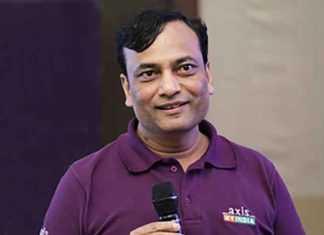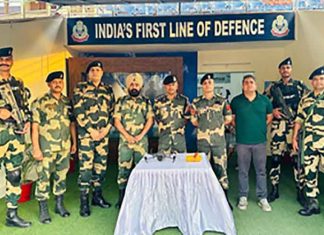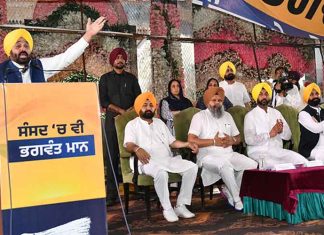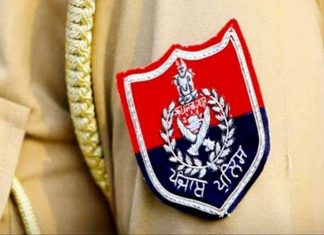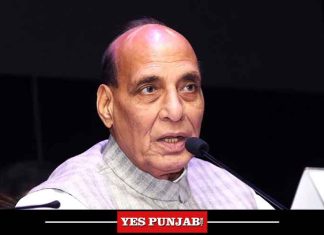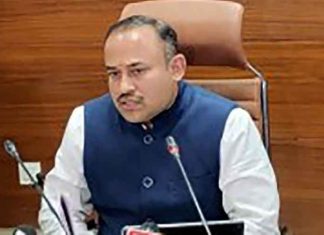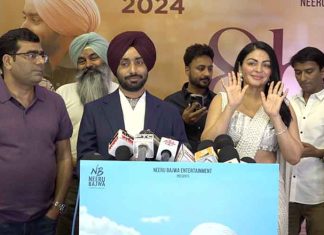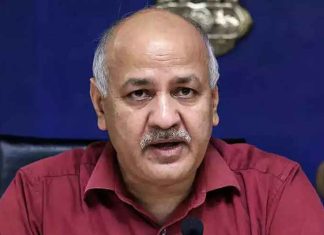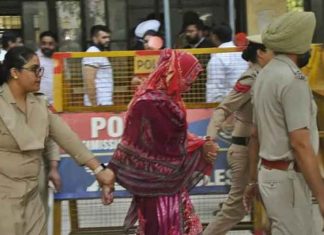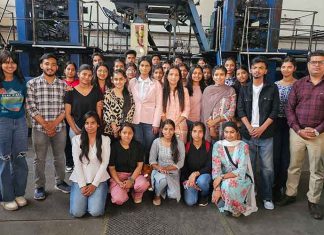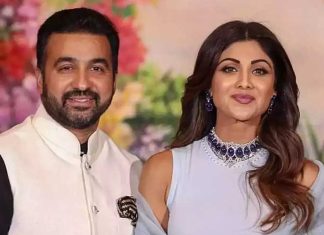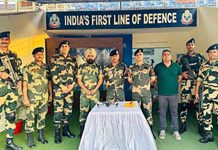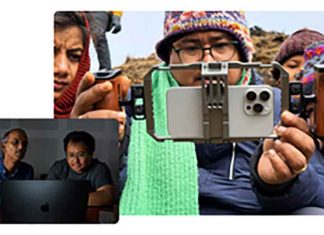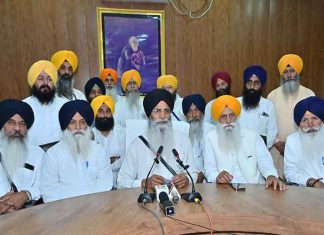New Delhi, Aug 1, 2021- Earlier this year when Cyclone ‘Tauktae’ and ‘Yaas’ hit the western and the eastern coastal states, scores of people, including those not even living in the path of the two cyclones, shared either a screenshot or a link that showcased the strong wind currents on the Windy.com app.
The easy-to-understand imagery made it go almost viral on WhatsApp and young or old alike, people wondered and shuddered at the intensity of the cyclones. The smartphones have indeed changed life for many, but it is the weather Apps that are making the real difference.
There are lots of weather-related mobile applications (Apps in common parlance) in use, some of them are from the government and some from private players. A list of some of the most common Apps — India Meteorological Department’s (IMD) ‘Mausam’ (general weather information app), ‘Damini’ (for lightning alerts) and ‘Meghdoot’ (for farmers); SkyMet’s ‘Skymet Weather’, ‘Mumbai Rains’ and ‘Kerala Rains’; AccuWeather, YahooWeather, ‘IndiaWeather’, ‘WeatherBug’, ‘RainAlarm’ and BBC’s ‘BBC Weather’. And then there are some by state government’s such as Maharashtra’s ‘MahaVedh’ and Tamil Nadu’s ‘N Smart’.
Almost all the information that is available on these Apps, and much more, is available on the respective websites too. But with the proliferation of smart phones not just in urban areas but also in peri-urban areas, the use of Apps has increased. Unfortunately, most government apps tend to ignore aesthetics even when they are rich with data. Aesthetics are a very key component in the success of websites / apps in today’s world.
Ideally, an App should have adequate bandwidth and rich data from many sources and something that is presented for easy understanding. The users of smartphones today are interested in or look at how they can reach a certain information as fast as possible. “They are not interested in too many unwanted information while searching for what they want. The smart phone user does not like more than a couple of clicks. IMD Apps tend to add more clutter,” a private blogger who runs a website and an App called ‘ChennaiRains’, K. Srikanth told.
Srikanth and his team take data from IMD — radar, satellite images and model data. But, he claims, there is a difference between the way they present the radar images and the IMD does it. “Our all-India radar image section is a mosaic of all the radar images from IMD’s own radar images. Very easy to understand, it is overlaid on Google maps so that people can relate to it better. But, IMD’s App does not have this feature, although IMD’s website does.”
Chennai Rains had its first App in 2015 and have come up with better versions from time to time.
Srikanth’s suggestion is very simple. The information disseminated on the Apps needs to be so easy, it is to be aimed at the, if it can be called so, the lowest common denominator user. (And) therefore, having a good website is not a guarantee that the App by the same owner will be good. “Mobile Apps are a completely different ball game. It is not just replicating a website into an App. The issue with IMD is that its Apps are not created as mobile Apps but a mobile version of website. That is why IMD’s mobile Apps are not aesthetically appealing,” he pointed out.
Another example is a private App called ‘WeatherBug’ which takes data from Earth Network and gives lightning alert. IMD has its own lightning sensors that feeds the ‘Damini’ App. But if one looks at the two Apps, one realises the generational difference in terms of how the presentation is done.
Biggest advantage of smartphones is that the content is by the minute, unlike olden times when the alerts came only two or three times a day. Users of smartphones want customised information and not something generic, for example, it will rain in a state.
A major private player SkyMet has a notification system to alert for rain or lightning strikes anywhere between 10 minutes to sometimes even an hour before. It has its own 6500-off weather stations across India. That helps it with precipitation forecasts, hourly, and the NowCasts (telling people what is going to happen in the next one to three hours) based on SkyMet’s own instrumentation around the country.
But, what Skymet also has, SkyMet’s founder and director Jatin Singh, said, “are our maps, news stories, videos and other visual content such as radar imaging. etc. The ‘Mumbai Rains’ has high-resolution satellite images too.”
Admitting that his website is more popular than the ‘SkyMet Weather’ App, SkyMet’s Jatin Singh told, ‘Damini’ is a good App but lacks the provision of searching warnings by location.”
For instance, sitting in Delhi, one should be able to search for, say, a place in Bihar.
Location and content are important, but presentation is what matters. Pointing out that visualisation needs to be aesthetic based for easy assimilation, it should be in common people’s language, Climate Resilient Observing Systems Promotion Council (CROPC) chairman Col. Sanjay Srivastava, gave an example of ‘TN Smart’ not just pushes alerts, there is a PopUp message, but it also has an IVR (voice alert). “One or two minutes of warning in some cases is enough time to escape from the disaster,” Srivastava said.
Two other apps which have a very robust alarm system are ‘Weather Bug’ and ‘Rain Alarm’, both of which are based on radar output.
CROPC is running a ‘Lightning Resilient India Campaign’ jointly with IMD and hence, Srivastava pointed out how the already versatile Damini App can incorporate changes to further refine output. “There needs to be a combination of Doppler Weather Radar (DWR) and short-range X-band radars superimposed with HF (high frequency) detectors and electric field meters, the forecast will be refined better and would cover all parameters.”
That is the reason why user interface testing / developments are also a very key component in the overall software development cycle.
For instance, as mentioned in the beginning, Windy is the best example for presentation. “Majority Apps are based on location where the user is present and most of these Apps are complicated for the end-user. But I find Windy gives very easy graphical representation,” said Rahul Patil, an engineer by training but who runs a weather literacy campaign for farmers in Maharashtra in Marathi.
IMD provides warnings to GMHAS — Global Multi-Hazard Alert System, through which, anyone can use it. IMD’s website also has an RSS/API feed, which can be used by any private user. Further, IMD has a collaboration with Google to disseminate the warnings generated from IMD in their App and similarly with Apple. AccuWeather also takes the information from IMD. All free of cost, as the government believes the dissemination of early warnings is a public service and should not be charged. But IMD’s own Apps leave much to be desired on user-friendly aspects and aesthetics.
IMD’s Director General (Meteorology) Dr Mrutyunjay Mahapatra said, “We are aware of the issues, and we are already planning to improve the existing ‘Mausam’ and ‘Damini’ mobile apps.
“The new versions of the IMD Apps are expected in six months,” Mahapatra added. (Agency)
Subscribe to YesPunjab Telegram Channel & receive important news updates






